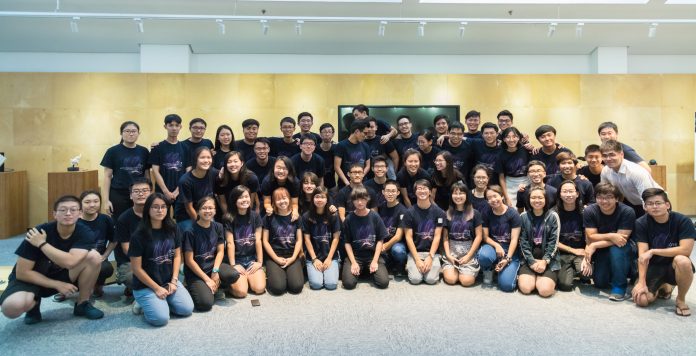This week – the week of our final presentation, marks the last official week of ALP. The first half of the week was spent on applying the finishing touches to our work (I shall not bore you with the details of that).
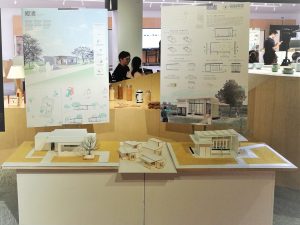
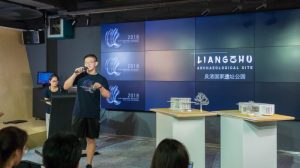
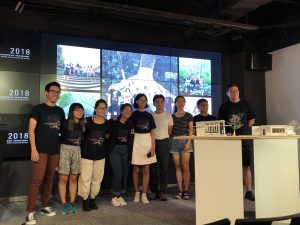
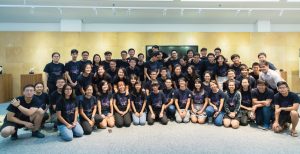
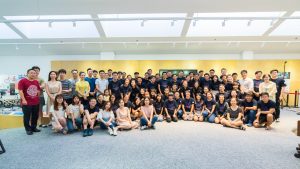
After our final presentation (which I got arrowed to present), we had a farewell dinner with our professors and teaching assistants. And this brings me to the main topic of this post: “Customs and Etiquette in Chinese Dining”.
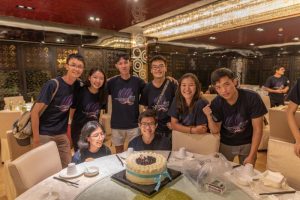
“Utensils”
In place of forks and knives, chopsticks are the main utensils used by the Chinese. There are three main points to note about chopsticks:
Firstly, when we use chopsticks, we must ensure that the pair of chopsticks used is of the same length. The Chinese believe that using chopsticks of different lengths is inauspicious as it symbolises “三长两短” – a saying for misfortune that dates back to ancient times where coffins were made of 3 long wooden boards and 2 short wooden boards.
Secondly, chopsticks should not be stuck upright in dishes. This is because the Chinese stick burning incense into rice to honor the dead and sticking chopsticks upright into dishes creates a similar visual appearance which is deemed to be inauspicious.
Lastly, one should never use their chopsticks to “dig” through their food as it not only symbolises “digging one’s own grave” but also reflects poor manners.
“Main Course”
The main course of a Chinese dinner typically consists of meat and seafood; staples like rice, noodles and mantou (basically your starchy food) are not considered as part of the main course.
There is always a tendency for the host to over order food as they find it embarrassing if all the food is consumed. So, as a mark of courtesy, guests should avoid finishing all the food served but leave some leftovers to show their host that they have eaten their fill.
When eating fish, one should avoid flipping the fish over when he is done with the top side. Instead, he should carefully remove the backbone of the fish to access the other side of the fish. This is because flipping over the fish symbolises the capsizing of a fisherman’s boat, which is considered to be bad luck.
“Staples”
Staples like rice and noodles are usually served last in a Chinese meal. This is because the host wants his guests to sample the main course first and hopefully fill their stomachs with those delicacies rather than the staples, which are deemed as lower grade food.
“Beverages”
The default beverage for Chinese dinners is Chinese tea, which is served in a teapot. To the Chinese, pointing the sprout of a teapot at someone is considered rude as it is synonymous to pointing one’s index finger at someone.
“Drinking Culture”
Although tea is the standard beverage in Chinese dinners, it is not uncommon to also find alcohol in Chinese dinners.
Drinking is an inseparable part of Chinese social events as the Chinese believe that toasting strengthens the interpersonal bonds between people. “干杯” (read as gān bēi) is the term used by the Chinese for a toast; the term literally translates to drying the cup.
To offer a toast to a specific person, the Chinese term “我敬你一杯” (read as wǒ jìng nǐ yī bēi) is used instead. By default, the person offering the toast is expected to empty his glass. As a mark of respect, the person being toasted to is generally expected to at least take a sip of his drink.
The Chinese believe that the amount a person drinks after someone toasts him is proportional to the amount of respect that he has for that someone; going by that logic, to “dry one’s glass” implies that one has the utmost respect for the person who toasted him.
“Bill”
It is common to see families and friends “fight” to settle the bill as the act of doing so symbolises generosity and sincerity.
My Weekly Travels
With the deliverables for ALP out of the way, I finally had some time to explore the school compound as well as the more remote parts of Hangzhou. As seen below are some of the pictures that I took while visiting those places.
Zijingang Campus(紫金港校区), Zhejiang University
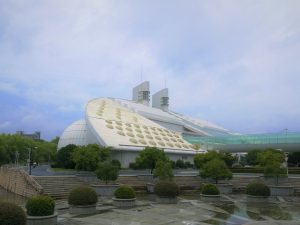
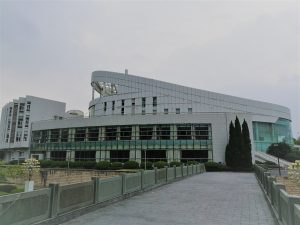
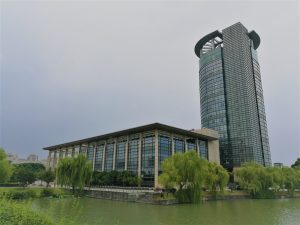
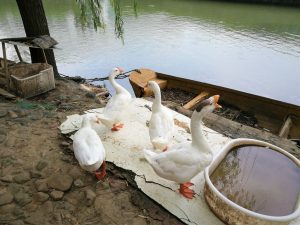
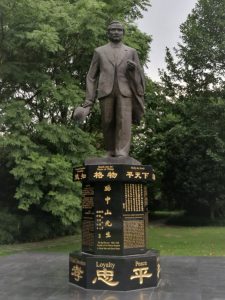
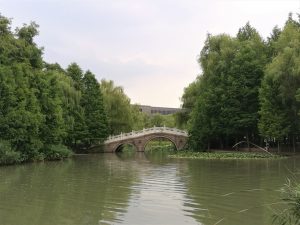
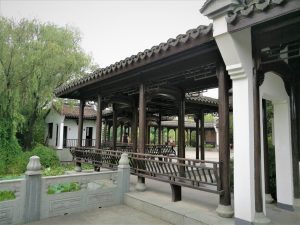
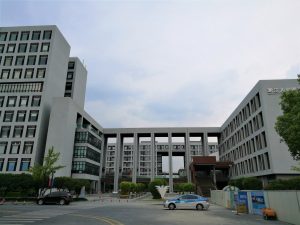
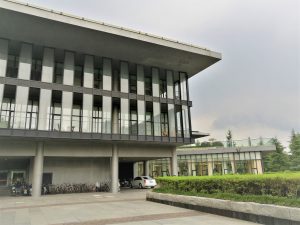
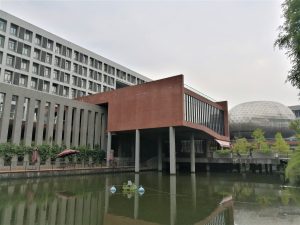
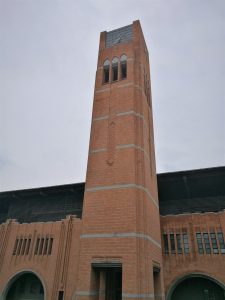
Zhijiang Campus(之江校区), Zhejiang University
Built in 1897, Zhijiang Campus, with its characteristic brick architecture, is rumoured to be the most beautiful campus of Zhejiang University.
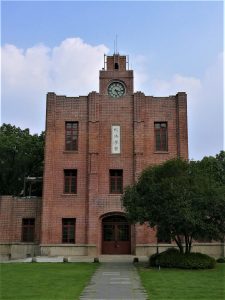
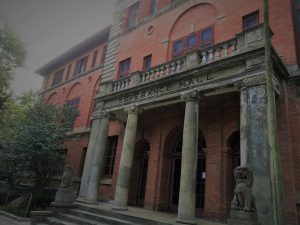 Longmen Ancient Town(龙门古镇)
Longmen Ancient Town(龙门古镇)
Situated in Fuyang District, Hangzhou, Zhejiang Province, China, 龙门古镇 is the hometown of Sun Quan(孙权), one of the kings in the Three Kingdoms period. Over 90% of the people living in the town share the surname Sun.
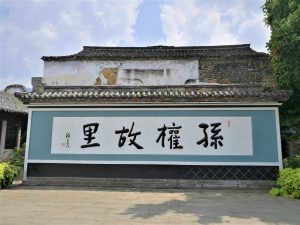
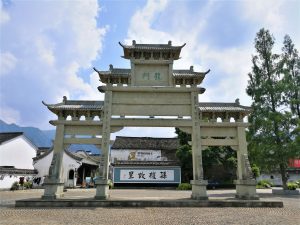
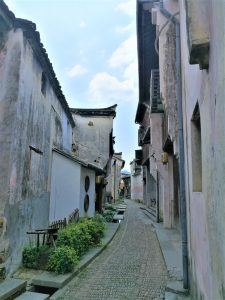
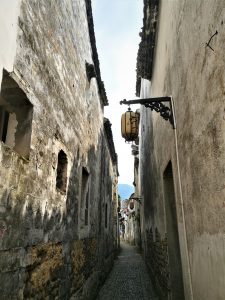
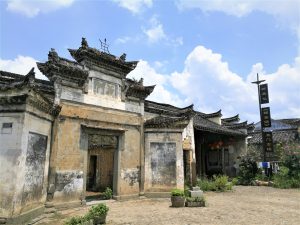
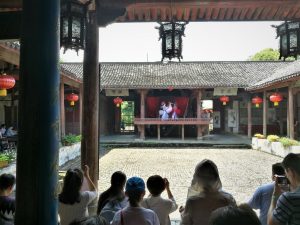
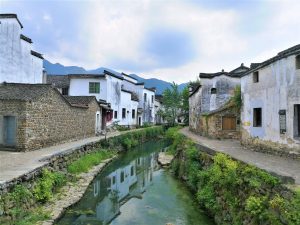
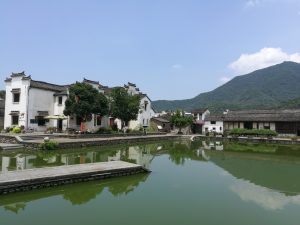
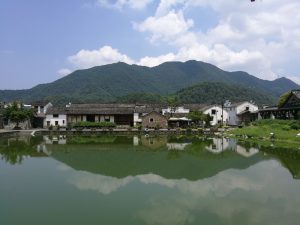
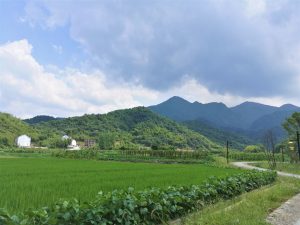
That’s all for this week!




















